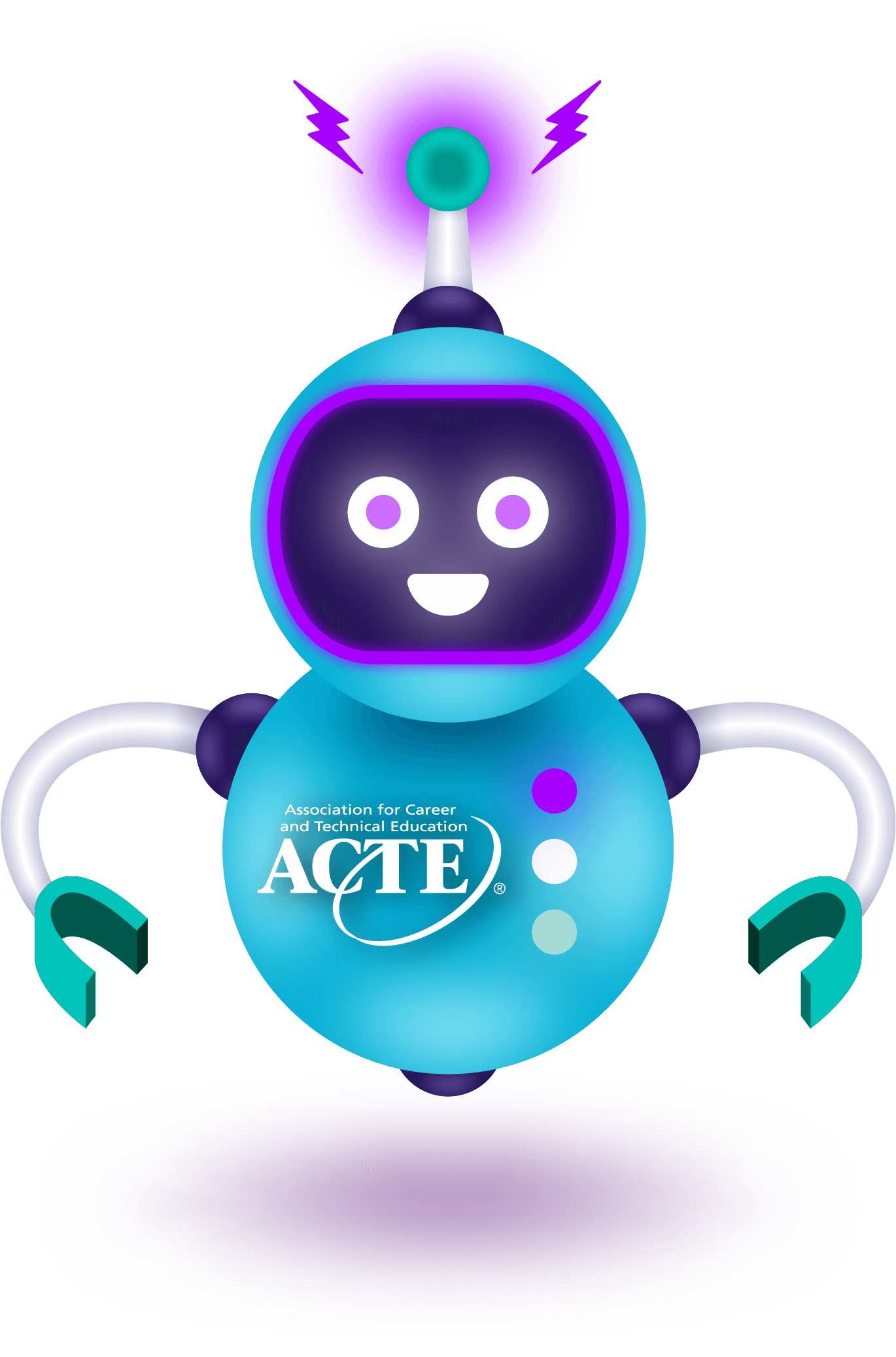CTE in the High School Transcript Study: Recently, the National Assessment of Educational Progress (NAEP) released results from the 2019 High School Transcript Study. Researchers examined a nationally representative sample of 2019 high school graduates and the courses they took, how many credits they earned, their GPAs and their performance on NAEP Grade 12 assessments. The following are key findings relevant to CTE:
- In 2019, graduates earned 3.3 CTE credits compared to 3.8 credits in 1990. The biggest declines in CTE credits earned were among Black and female graduates.
- Graduates had higher average GPAs in CTE courses (3.33) than in 1990 (2.87). Female and Asian/Pacific Islander students had the highest CTE GPAs, and Black students had the lowest.
- Of the 28% of graduates who took a dual enrollment course, about 13% were enrolled in CTE dual enrollment courses, the highest percentage among all types of dual enrollment courses.
- Since 1990, the percentage of graduates earning at least one CTE credit increased the most in fields such as health science, IT, and hospitality and tourism. In contrast, fields like business and marketing, architecture and construction, and manufacturing faced the largest declines.
Career Readiness Benchmarks: In 2021, MajorClarity released a career & college readiness (CCR) benchmark self-assessment tool for K-12 leaders to score their districts on five key areas of CCR: postsecondary options, data, supports, stakeholder engagement and resources. MajorClarity analyzed responses from over 140 self-assessments in a recent report. Overall, the median score on the benchmark was 68.5%, with the highest average score in postsecondary options and the lowest in stakeholder engagement.
Postsecondary Completion Rates: This winter, the National Student Clearinghouse Research Center released its tenth report in the Completing College Series, tracking postsecondary enrollment and six-year completion outcomes. The following are key findings from the cohort that began postsecondary education in fall 2015:
- The completion rate reached 62.2%, an increase of over one percentage point compared to the fall 2014 cohort, with the largest increases (+1.5 percentage points) among public community colleges.
- Completion rates increased for two-thirds of states (32 out of 46) examined, and in 26 states, completion rates grew by at least one percentage point for students who started at community colleges.
- Among all racial/ethnic groups, Black students experienced the largest increases in completion rates (+1.9 percentage points) and had the greatest growth in students enrolling in community college (+1.6 percentage points).
- Completion rates for adult learners increased by 2.5 percentage points compared to traditional college-age students, whose completion rates declined. For adult learners who started at community colleges, their completion rate increased by 2.3 percentage points for a total rate of 37.9%.
Employment and Earnings Outcomes: Recently, the American Enterprise Institute compiled a collection of 9 reports that address the history, arguments and data resources regarding postsecondary outcomes and earnings. The featured reports include those of New America, the Higher Education Advisory Group and the Urban Institute and discuss the effect that accountability policies, college advising programs, intermediaries and student demographics have on earnings and employment outcomes. Read the full collection here.







